Even though it initially launched for only PC and mobile, it was always a foregone conclusion that the Final Fantasy Pixel Remaster series would arrive on Nintendo Switch and PlayStation eventually, no matter what Square Enix might have claimed at the time. And there is something weirdly mesmerizing about being able to stare at one’s game library and, with the release of these six games, find that almost every mainline single-player Final Fantasy is now playable on just one console. But I’m happy to report Square Enix didn’t just lean on nostalgia and lazy porting for the console release. In review, the Final Fantasy Pixel Remaster series is overall even better on consoles, even if the Switch version has one annoying technical hiccup to fix.
Rebalancing the Crystals and/or the Final Fantasy Games
For the uninitiated, Square Enix has released Final Fantasy I, II, III, IV, V, and VI Pixel Remaster simultaneously, with the first three games originally releasing on NES / Famicom and the other three games originally releasing for SNES / Super Famicom. They can be bought individually or in a bundle, and while each game has distinct gameplay mechanics, Square Enix has standardized some elements across titles, like menus. Several of the games have been rebalanced in various ways, though Final Fantasy V and (most of) Final Fantasy VI feel largely the same.
On that same note, several of these games were originally known for having punishing difficulty, and that aspect has not been completely removed. It’s still easy to die in the early games if you don’t pay attention to what you’re doing, and Final Fantasy III and Final Fantasy V are filled with boss battles that require tricky strategies. However, in games like the original Final Fantasy, if one character targets an enemy and that enemy dies before your character can attack it, that character will automatically redirect their attack to another enemy. (Originally, your character just attacked thin air instead, wasting a turn.)
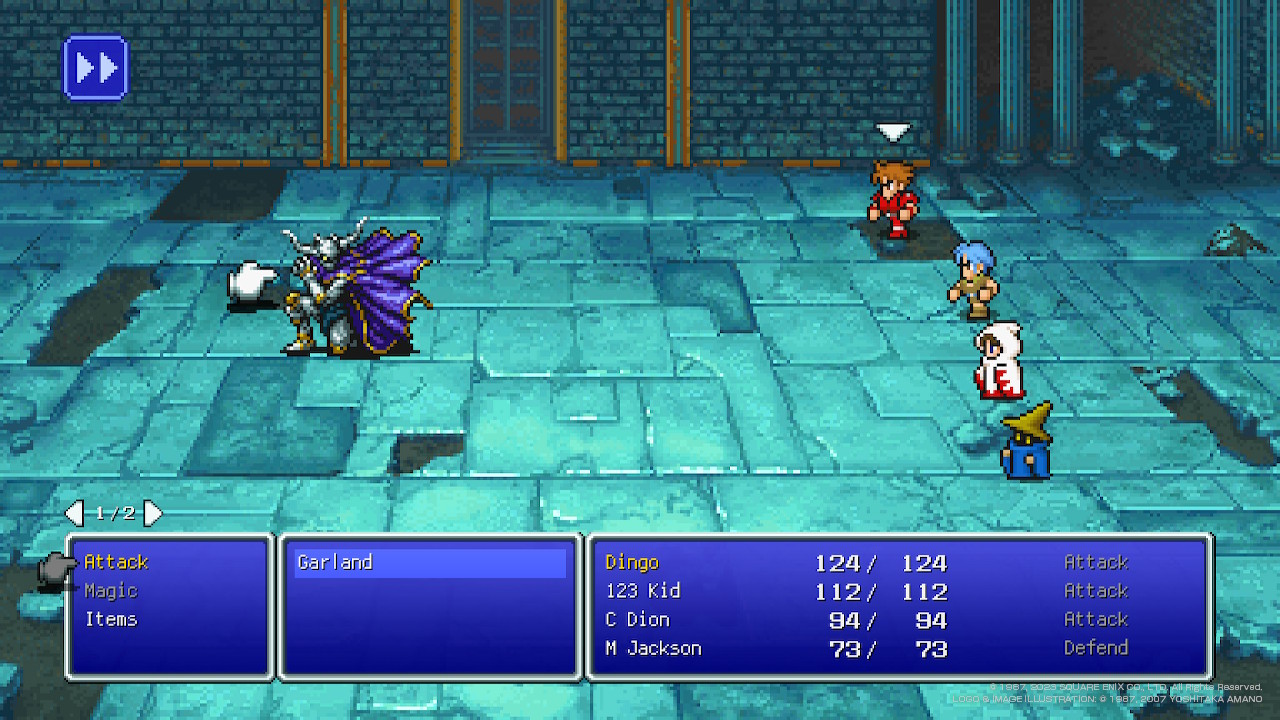
These small quality-of-life changes are reasonable additions and in some cases imported from previous ports, like PlayStation 1 and Game Boy Advance versions. However, if you think any particular game is too hard or too easy, the Switch and PlayStation 4 release of the Final Fantasy Pixel Remaster series lets you manually adjust the rate at which you accumulate EXP and money from battles, with a feature called “Boost.” You can double or quadruple these rates individually, or you can halve rates or stop accumulation completely. It’s really fantastic for managing the challenge and pacing of gameplay. You can also toggle random encounters off or on by clicking the right stick.
More options to improve the speed of gameplay include a dash button (and you can toggle with a left stick click whether you walk or dash by default) and an auto-battle feature that speeds up animations and can tell your characters to repeat whatever action they did last. You can really cruise through some sections of Final Fantasy IV with auto-battle, and you can become a bolt of lightning walking around in Final Fantasy VI since that has an item to double walking speed in the first place.
Several quirks or bugs from the initial PC release have been fixed, like an issue with status effects in Final Fantasy II. However, other minor bugs remain, like enemies attempting to attack my party after they’ve all already fled in Final Fantasy VI. The only pronounced technical problem worth mentioning is that, at least in the Switch version of Final Fantasy VI Pixel Remaster, the frame rate seems to stutter for the first couple seconds almost every time a new screen loads. If you choose to just stand still for a couple seconds on a new screen and then start moving, the frame rate stutter will not happen, but if you start moving immediately on a new screen, the frame rate will take an annoying hit for a brief moment. I honestly don’t usually care about frame rate in games, so it took me hours to realize it was even a recurring issue. But once I did, it became really distracting. I hope Square Enix can fix this.
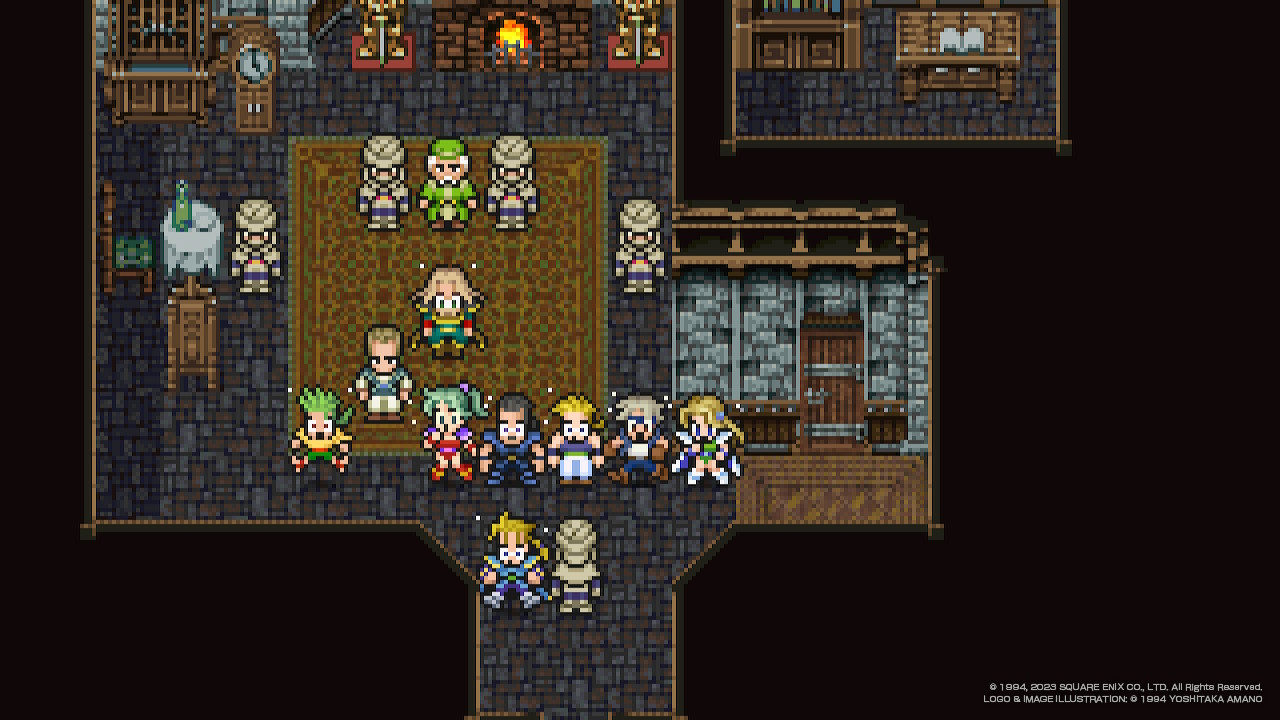
Modernizing the Visuals and Music of Final Fantasy
The remastered pixel art and soundtracks of the PC release of the Final Fantasy Pixel Remaster series have been brought over largely untouched. Original pixel artist Kazuko Shibuya oversaw the new pixel art and, in the case of many characters, directly redid the art herself. Her goal was to create an idealized version of the graphics that was not possible with the technical limitations of the ‘80s and ‘90s, and I think the majority of people will be quite satisfied.
Obviously, the earlier games have received a much more dramatic facelift, whereas Final Fantasy V and VI Pixel Remaster look pretty similar to their original releases. Again, some revisions have simply been lifted from previous ports, but on the whole, the games do a good job of unifying their visual aesthetics. Particularly, some beautiful new battle backgrounds have been created to fit 16:9 viewing. (Incidentally, the new widescreen perspective also makes it easier to see certain treasures, and the game also provides bountiful maps that remove most of the mystery from exploration, for better or worse.)
The only occasional question mark with the pixel art is the characters themselves, who are sometimes loaded with extra colors compared to their original versions. Sometimes, it works nicely. Sometimes, it’s a bit odd. In any case, there is no option to revert to the original pixel art for any of these games, which is a shame but forgivable.
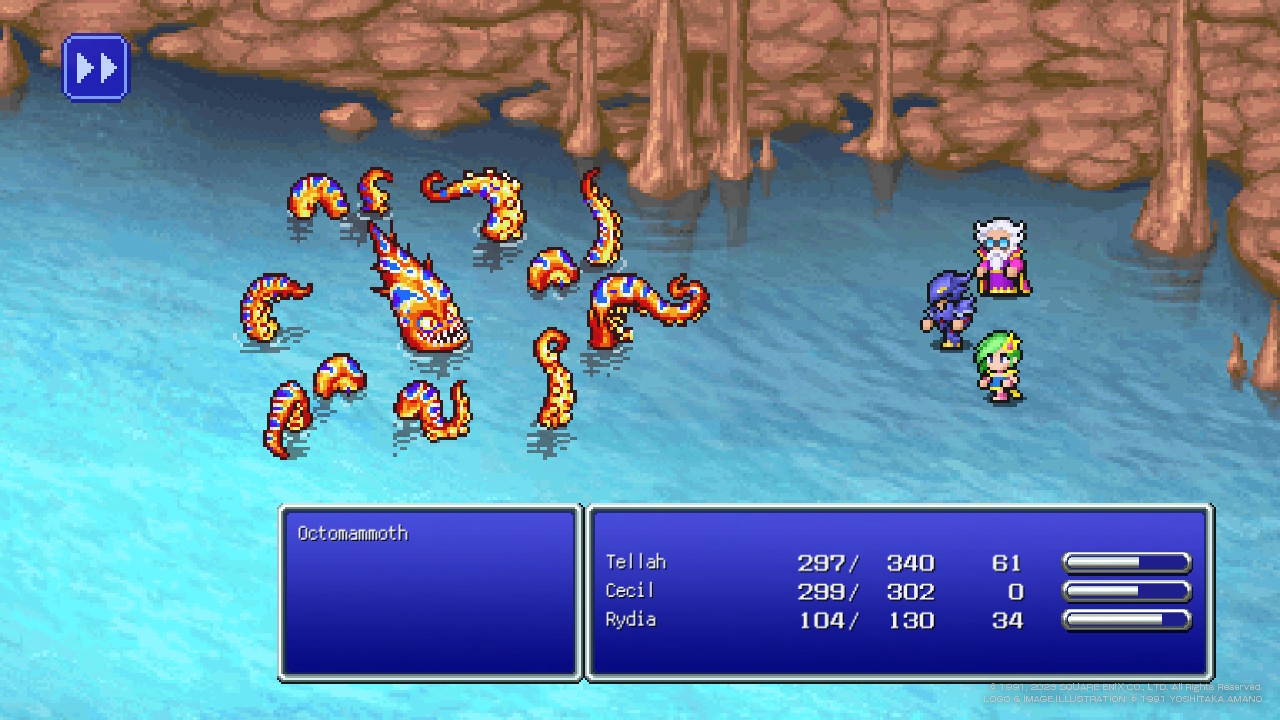
Meanwhile, original composer Nobuo Uematsu supervised the rearranged soundtracks for the Final Fantasy Pixel Remaster games, but the Switch and PS4 versions also add the option to revert to the original soundtracks. The good news is that it doesn’t matter which version you pick: They’re both spectacular. The original games, especially the SNES entries, contain some of the best video game music ever created in the first place, and these rearrangements provide outstanding new orchestral experiences. The large majority of these new arrangements are so rich in sound that it’s worth going to the Music Box option and just letting the music play while you do other things with your day.
Lastly, the console versions of the remasters offer a pixel font option to use in lieu of the narrow, rather hideous non-pixel font that the PC and mobile versions have exclusively. The pixel font is functional and a much better fit for the games, though it’s perhaps lacking in nostalgic charm compared to the original pixel fonts used for these games. Some players may also find the text to be too small, but I had no problem reading the text on a TV or while playing handheld on a standard Switch.
Finally, the Games Themselves
Final Fantasy I, II, III, IV, V, and VI Pixel Remaster each offer a slightly different experience, in usually refreshing and welcome ways. In Final Fantasy I, grinding basically is the game, so if you want to just turn your brain off and watch numbers go up, it’s an oddly serene experience. Meanwhile, Final Fantasy II is the black sheep of the collection, where instead of leveling up traditionally, you level up individual stats for every weapon type and every spell for each character. Its story is rather impressive (and very Star Wars) for what was a Famicom game, but the game practically begs you to make use of Boost to cut through its tedious leveling mechanics. It’s not one of the better games in the franchise.
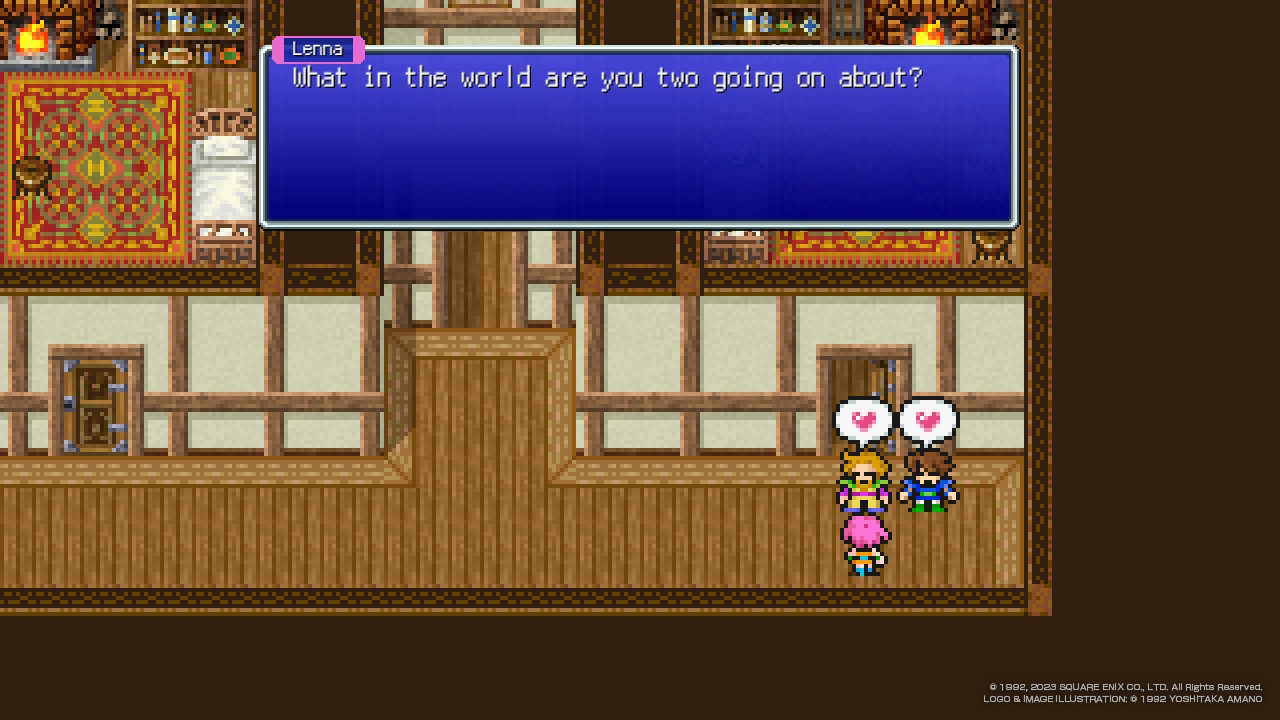
Final Fantasy III Pixel Remaster introduces the “job” (class) system and, unlike other releases of the game, does not penalize you for switching jobs for your characters in the menu whenever you feel like. Excluding the 3D remake, this is the first time a rendition of the original game has been available in the West, and it’s a solid game whose only crime is that it is completely eclipsed by Final Fantasy V, which evolves the job system and boss battles into something really phenomenal. Final Fantasy V is one of the most replayable and customizable RPGs of all, and it’s a showcase of stellar game mechanics.
Meanwhile, Final Fantasy IV is the RPG that basically laid the foundation for all RPGs that would follow, a seminal work of absolutely massive influence. It has almost no combat customization at all, but it’s a thrilling adventure with an absurdly good soundtrack that introduced the “Active Time Battle” combat system, which adds a little more urgency to battles.
Finally, Final Fantasy VI is one of the most dynamic adventures in the franchise, with a constantly shifting ensemble cast, surprisingly great character development, and some stunning plot twists. Past a certain point in the story, combat strategy kind of devolves into doing the same things for almost every fight, but regardless, it’s a masterpiece. This game deftly achieves things in its narrative and music that RPGs decades later still fail dramatically with.
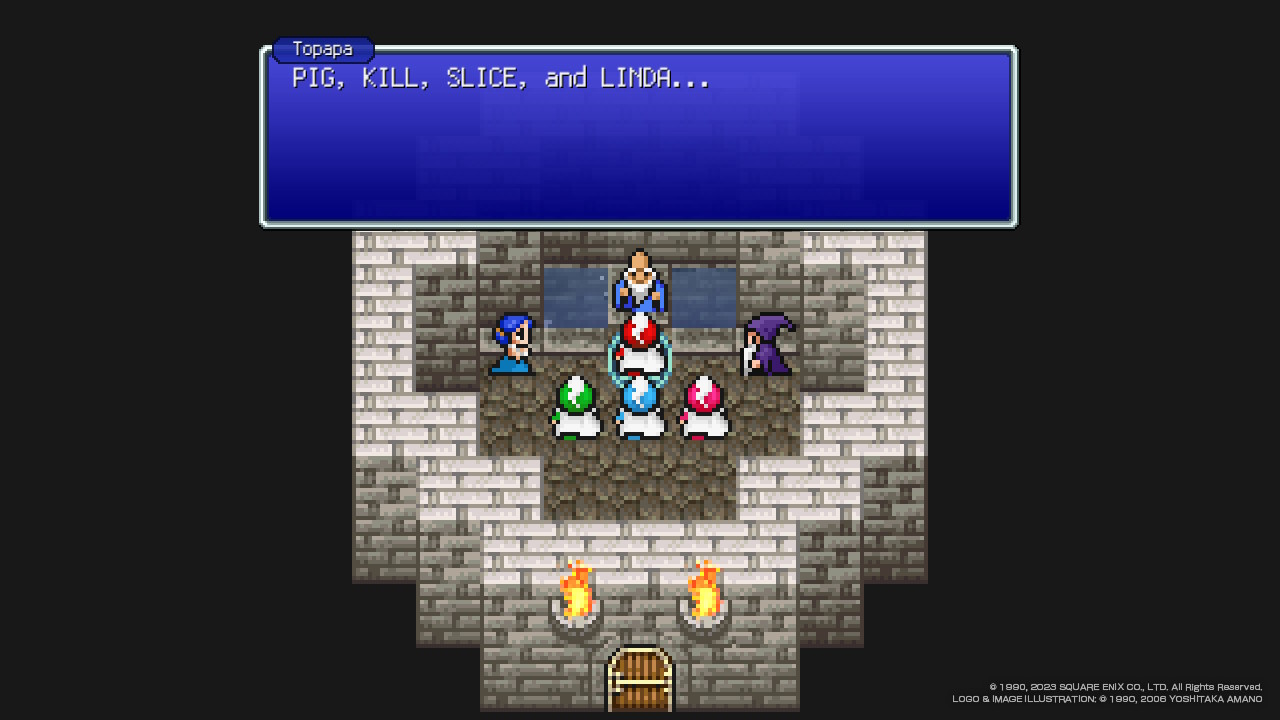
The Review Verdict on the Final Fantasy Pixel Remaster Series on Switch and PS4
As with anything, this collection isn’t perfect. The frame rate really needs to be fixed on Final Fantasy VI Pixel Remaster on Switch, and there are other tiny bugs to address. It’s a mild bummer the original pixel art is not an option too. But besides those things? The Final Fantasy Pixel Remaster series is a thoughtfully modernized collection of some of the most important RPGs ever made, and the new features added for the console release really take it to another level. If you love RPGs, buying this collection is non-negotiable. And if you’re more of a casual RPG player, you still owe it to yourself to play IV, V, and VI.
Nintendo Switch review codes were provided for Final Fantasy Pixel Remaster I, II, III, IV, V, and VI by the publisher.

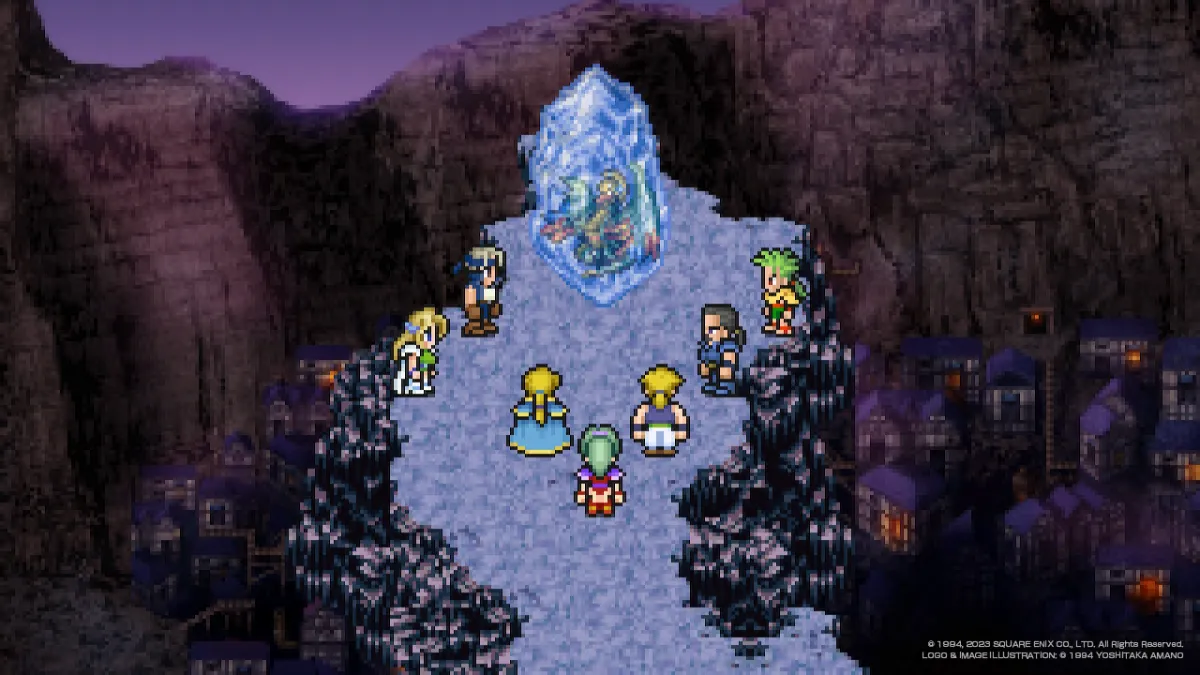

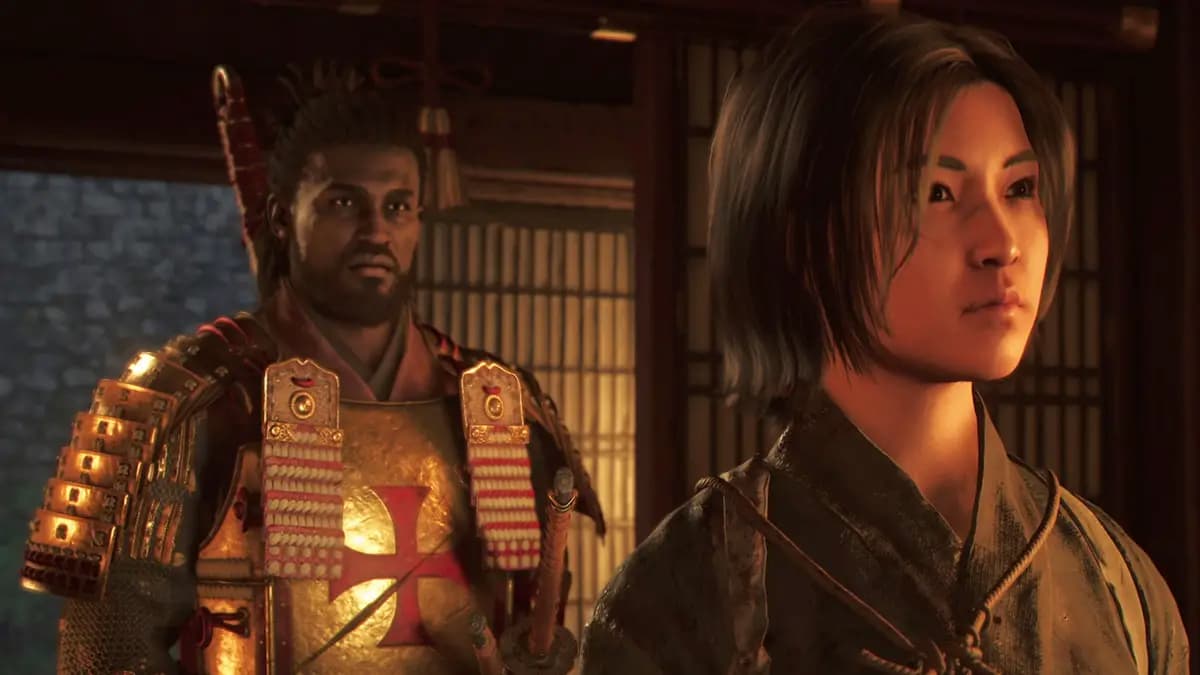


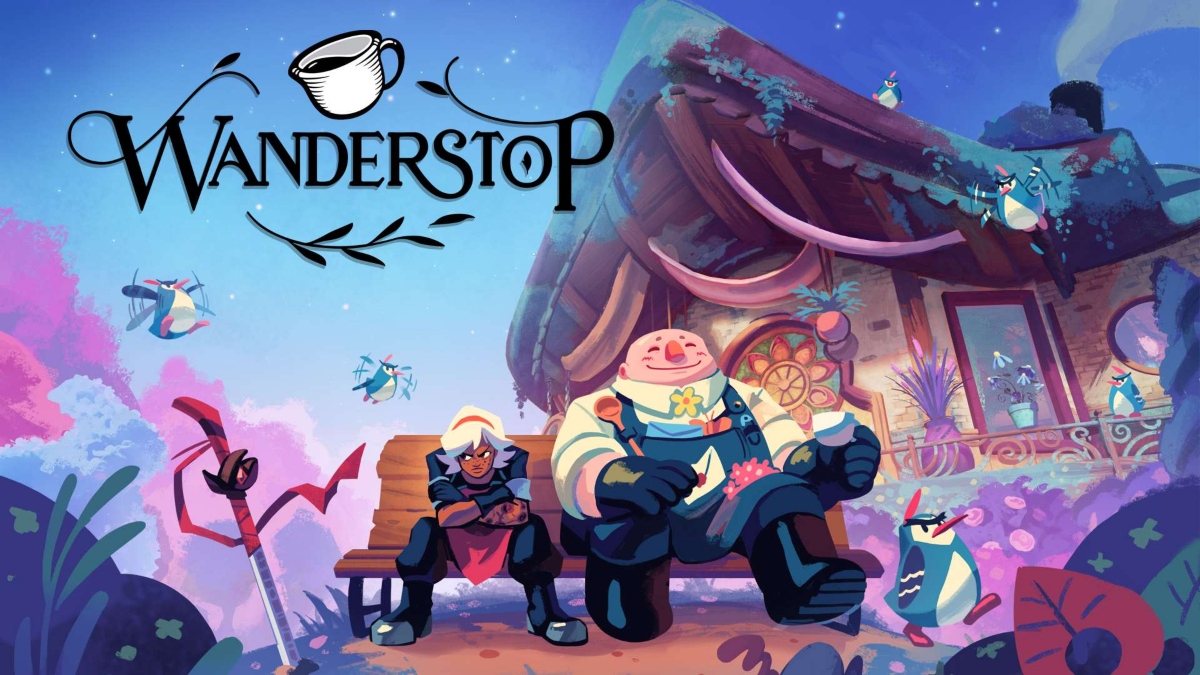







Published: Apr 22, 2023 10:03 PM UTC